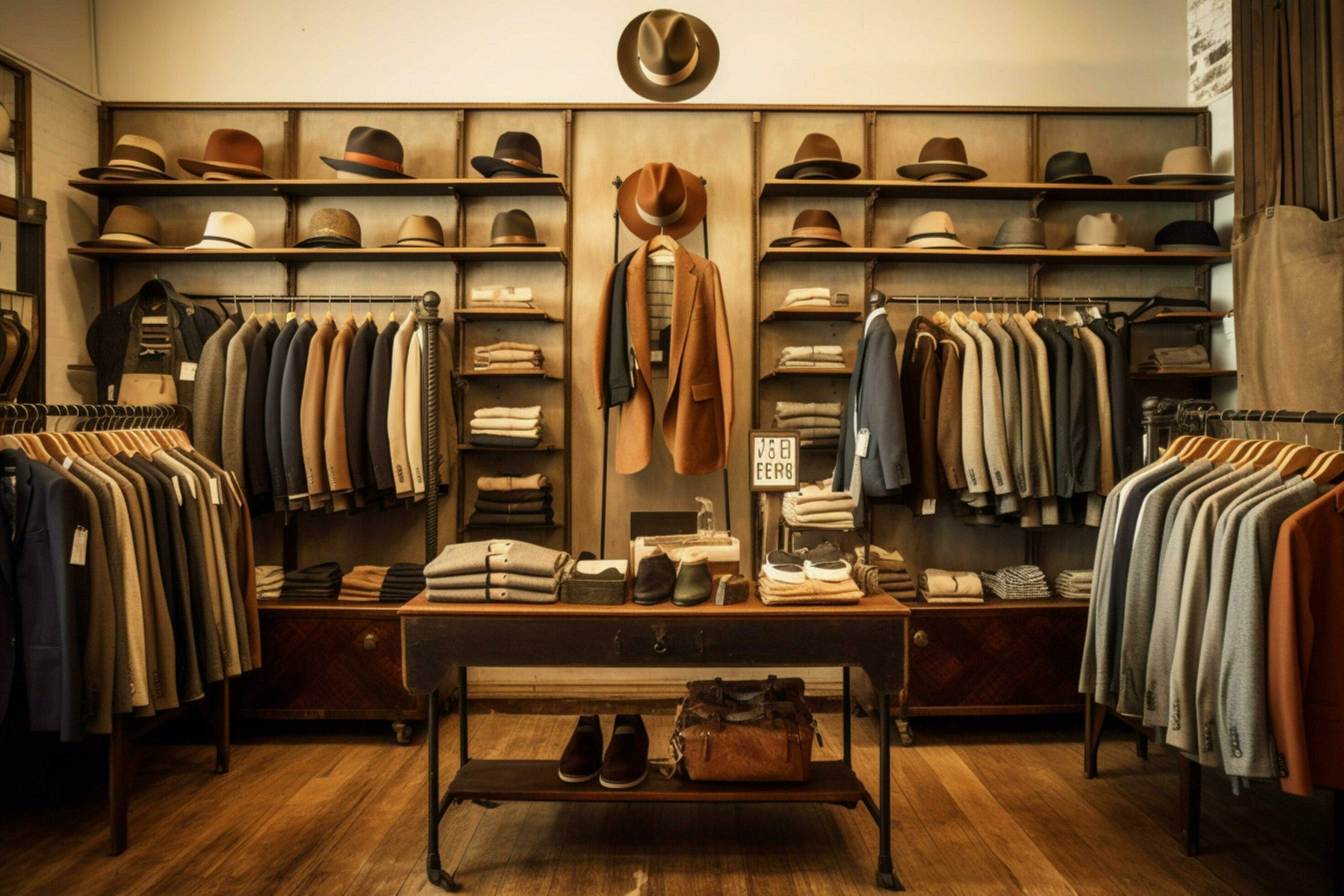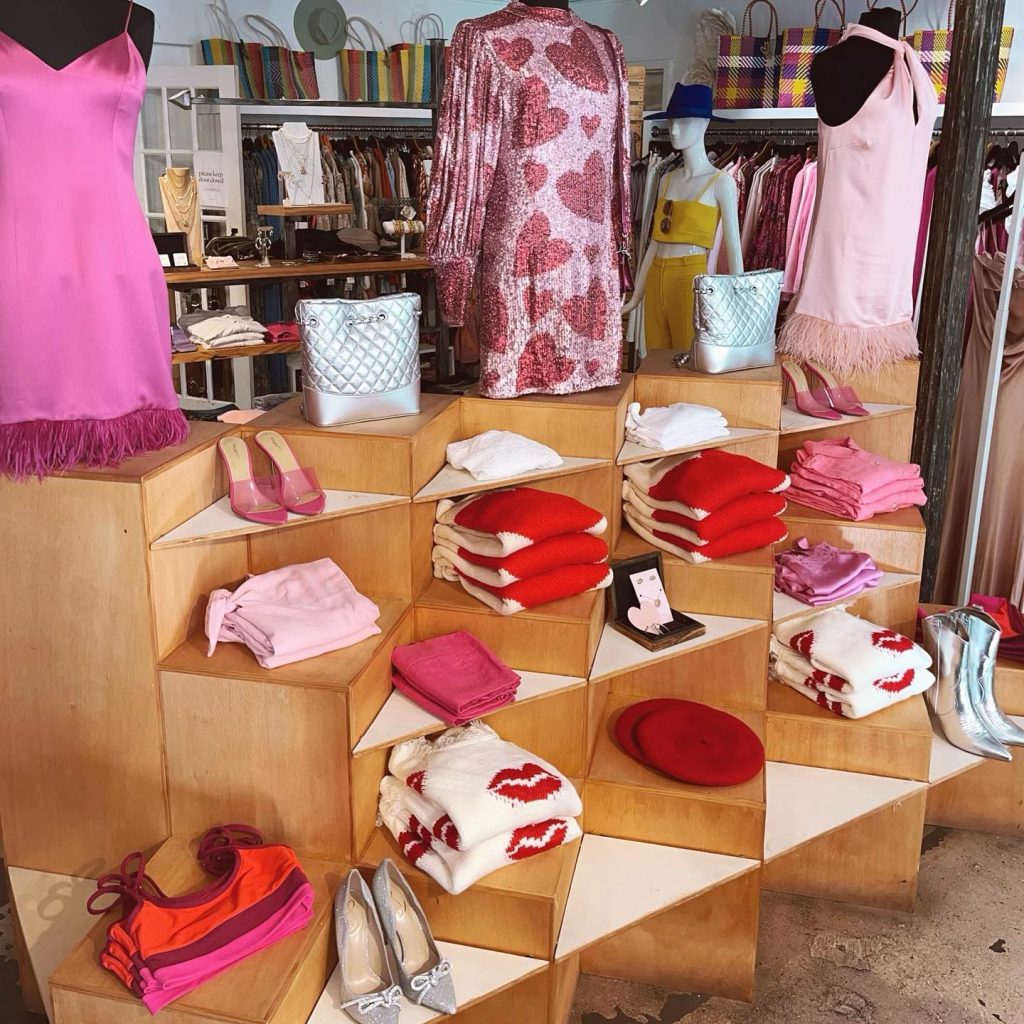A Novice's Overview to Navigating the Boutique Fashion Scene
Wiki Article
Discovering the Evolution and Effect of Clothes on Modern Style Trends
The development of clothes has dramatically affected contemporary fashion fads, merging historic criteria with sophisticated technologies. Legendary numbers like Coco Chanel and Yves Saint Laurent reinvented the fashion industry by presenting ideas that focus on comfort and ease of access, which proceed to reverberate today.Historical Fashion Influencers
In the tapestry of style history, specific numbers have left an enduring mark, shaping the patterns and designs that define entire eras. Coco Chanel, a revolutionary developer, redefined females's fashion by presenting comfy, stylish garments that left from restrictive bodices.Elsa Schiaparelli is another essential number, renowned for her avant-garde styles that included surrealist art, collaborating with Salvador Dalí to create wayward items that challenged traditional aesthetics. Her ingenious use shade and bold patterns reverberates in contemporary style. Yves Saint Laurent, at the same time, democratized high fashion with prêt-à-porter collections, bringing path designs to the masses and establishing a criterion for modern ready-to-wear lines.
These enthusiasts, to name a few, not just transformed style in their times yet additionally set sustaining trends that resonate in today's fashion business, supplying a structure whereupon modern-day designers remain to build and innovate. Their legacies highlight the value of creative thinking and bold in vogue's ever-evolving story.
Technical Innovations in Style
Among the vibrant landscape of the apparel industry, technical innovations stand at the center of technology, improving exactly how designers produce and consumers involve with style. The integration of 3D printing has changed style processes, enabling designers to trying out complex structures and sustainable products that were formerly inconceivable. This modern technology promotes quick prototyping, decreasing waste and quickening production times.
Smart textiles, installing modern technology right into materials, are additionally transforming the market. Technologies like self-cleaning and temperature-regulating materials supply enhanced performance and convenience. Wearable innovation, including features like physical fitness monitoring and interaction, includes a new dimension to fashion, combining aesthetics with functionality.
Social Changes and Design
As technical innovations proceed to improve the fashion business, cultural shifts are equally prominent, redefining design and consumer preferences. Over the last few years, the rise of social media platforms has actually increased the circulation of international style patterns, enabling diverse cultural impacts to merge and exist side-by-side. This electronic interconnectivity has actually assisted in the fast exchange of ideas, leading to a more diverse and comprehensive analysis of design that mirrors the diverse nature of modern culture.Social understanding and admiration have actually motivated designers to draw motivation from a wider spectrum of ethnic and historical contexts, integrating standard motifs with modern appearances. This combination has caused style that resonates with a bigger audience, advertising a feeling of identification and belonging across various demographics. Furthermore, the enhancing need for personalization has actually driven brands to supply customizable options, enabling customers to reveal originality while showing their social heritage.
Additionally, shifting social worths have influenced fashion, with inclusivity and diversity becoming central motifs. The market has actually begun to accept versions and influencers of different physique, ethnic backgrounds, and gender identifications, challenging traditional elegance requirements. This improvement highlights the power of cultural changes in shaping the future of style, as style ends up being an extra authentic expression of collective and personal identification.
Sustainability and Modern Layout
While the garment industry continues to progress, the crucial for sustainability has actually become progressively immediate, affecting modern style methods. This change aims to resolve ethical considerations and environmental worries, bring about a reevaluation of traditional production techniques. Developers are currently incorporating lasting products, such as organic cotton, recycled polyester, and biodegradable materials, into their collections, minimizing the eco-friendly impact of style. The rise of slow fashion, which emphasizes quality over quantity, encourages consumers to invest in timeless pieces as opposed to transient trends.In addition, modern-day style is defined by its development in minimizing waste and advertising circularity. Strategies such as zero-waste pattern cutting and 3D knitting are getting traction, allowing designers to develop garments with minimal material wastefulness. Furthermore, brands are taking on clear supply chains, making certain liability and promoting customer trust. This read this strategy not just reduces environmental effect however additionally boosts the social obligation of style homes.

Future Trends in Style

Sustainability will certainly remain to be a driving force in shaping future style patterns. The industry is increasingly taking on green products and moral manufacturing techniques, reacting to an expanding customer demand for accountable methods. Innovations such as bio-fabricated materials and closed-loop see this site recycling systems are set to redefine how apparel is produced and eaten, decreasing ecological impact while preserving design and quality.
Cultural changes, including the increase of inclusivity and variety, will likewise play a pivotal duty. As culture becomes a lot more knowledgeable about social issues, style is anticipated to become a platform for expression and modification. Developers will likely concentrate on creating collections that show a more comprehensive series of identities and experiences, championing depiction and access.
Conclusion
The development of garments dramatically impacts modern fashion patterns, where historic impacts combine with contemporary designs. Secret figures like Coco Chanel and Yves Saint Laurent have actually redefined design, while technical technologies such as 3D printing and clever fabrics expand creative possibilities. Cultural shifts towards inclusivity and sustainability oblige brand names to take on moral techniques and welcome variety. This recurring development highlights style's function as a mirror to societal values and technical development, recommending additional reading a future abundant with advancement and inclusivity.The evolution of garments has actually substantially influenced modern-day style trends, combining historic precedents with innovative technologies.Amidst the dynamic landscape of the style industry, technical improvements stand at the leading edge of innovation, reshaping exactly how developers develop and consumers engage with fashion.While the fashion sector proceeds to advance, the important for sustainability has ended up being increasingly immediate, influencing modern-day style practices. As sustainability comes to be embedded in modern-day design, it leads the way for a much more liable and conscious style industry.
The development of clothing substantially impacts contemporary style patterns, where historic influences merge with modern styles.
Report this wiki page